When disaster strikes, food security becomes critical, and having the skills to grow your own supply can make all the difference. Indoor gardening isn’t just for hobbyists; it’s a powerful way to take control of your food supply, no matter the weather or external circumstances. With the right plants and a little know-how, you can create a steady stream of nutritious foods without stepping outside. These options are perfect for apartments, small spaces, or even adding an extra layer of insurance in larger homes. Plus, growing your own food is rewarding—it connects you with nature, boosts mental health, and ensures your survival toolkit is one step closer to complete.
Here are 12 practical survival foods you can grow indoors to ensure you’re ready for anything.
Herbs Like Basil, Parsley, and Mint

Herbs are incredibly versatile and easy to grow indoors. Basil, parsley, and mint thrive in small pots with minimal light requirements. They not only add flavor to meals but also contain essential nutrients and medicinal properties. Place them near a sunny windowsill, and you’ll have a fresh supply year-round.
Microgreens

Microgreens, like kale, broccoli, and radish sprouts, are nutritional powerhouses. They grow quickly—often within 10 days—and don’t take up much space. All you need is a shallow tray, some soil, and water to start harvesting these tiny greens. They’re excellent in salads, sandwiches, or as garnishes.
Leafy Greens Like Spinach and Lettuce

Spinach and lettuce grow well indoors with just a little care. They love cooler temperatures and don’t need a ton of sunlight to thrive. You can grow them in small pots or hydroponic setups for a continuous supply of fresh, crunchy leaves.
Tomatoes
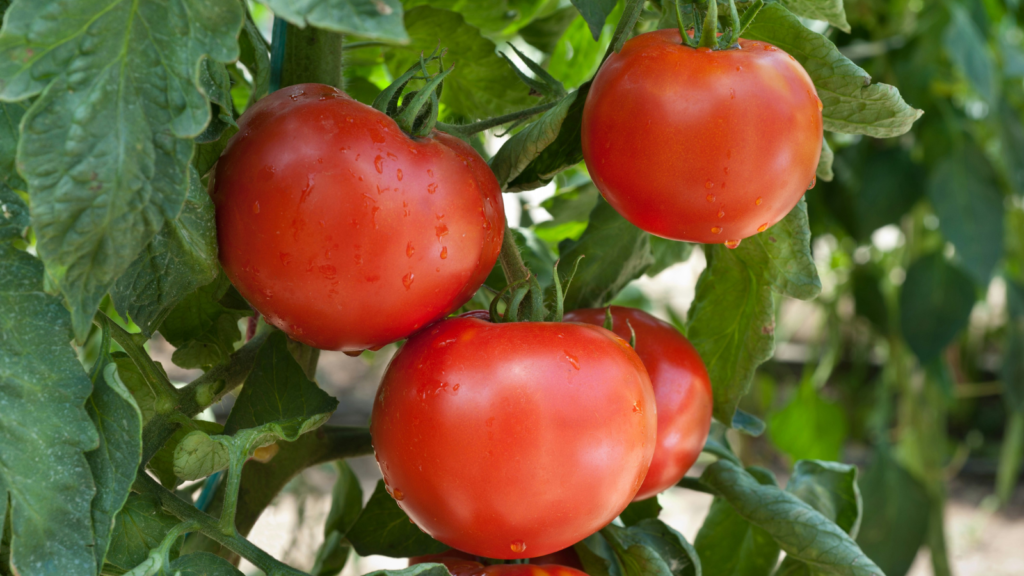
Cherry or small-sized tomatoes are perfect for indoor growing. With the right conditions, including a sunny spot or grow lights, you can enjoy these juicy fruits year-round. They’re a great source of vitamins and can be eaten fresh, dried, or preserved.
Peppers
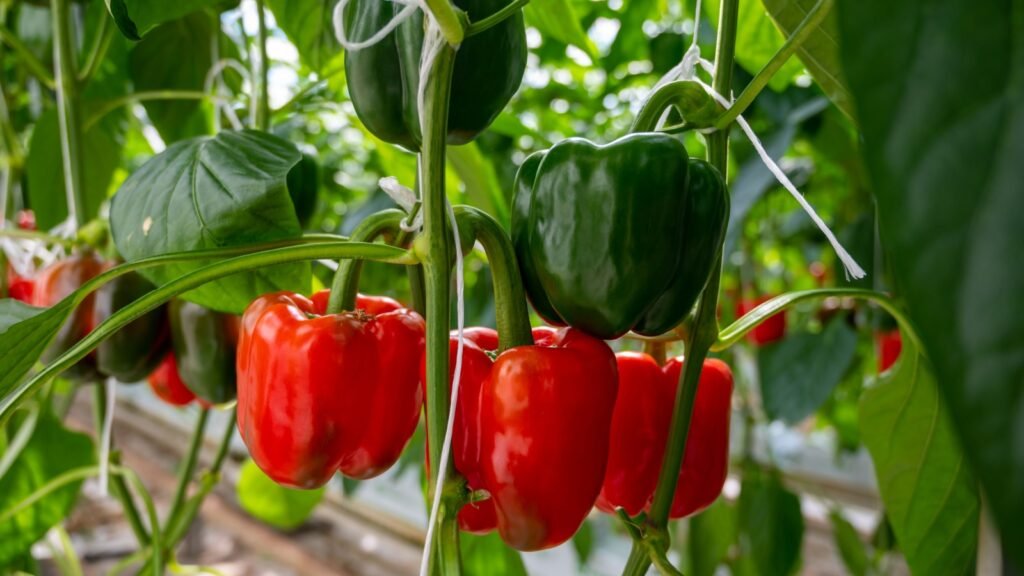
Peppers, especially smaller varieties like chili peppers, are another fantastic indoor crop. They thrive in pots and produce a long-lasting harvest. With the added bonus of spice, peppers can elevate your meals while providing essential nutrients like vitamin C.
Mushrooms

Growing mushrooms indoors is easier than you think. Kits are widely available for varieties like shiitake or oyster mushrooms, which grow in dark, moist conditions. They’re high in protein and umami flavor, making them an excellent addition to any survival meal plan.
Potatoes
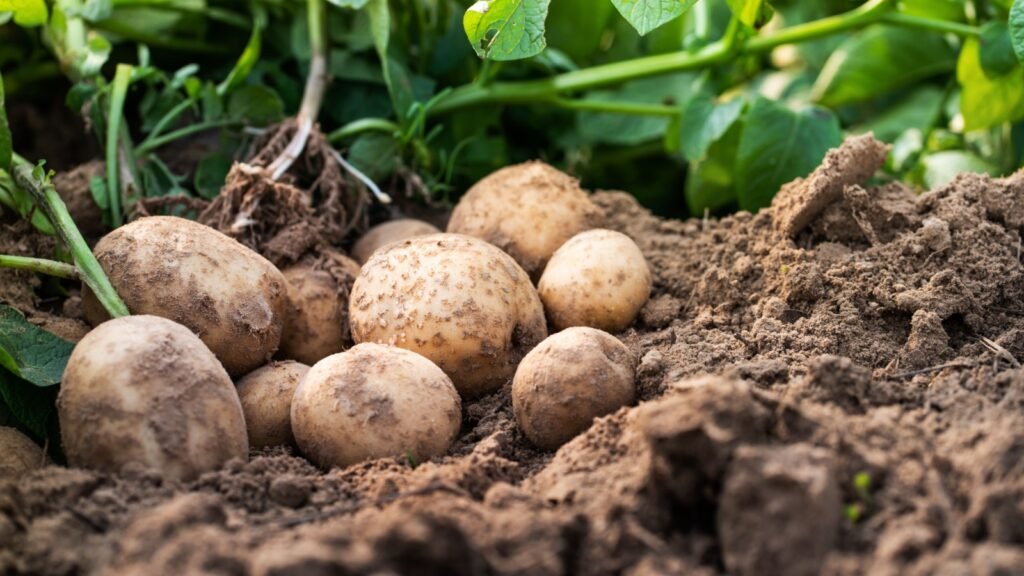
With a deep container and some good soil, you can grow potatoes indoors. They’re a calorie-rich staple food, providing energy and versatility in cooking. Even a small harvest can go a long way in supplementing your survival diet.
Garlic
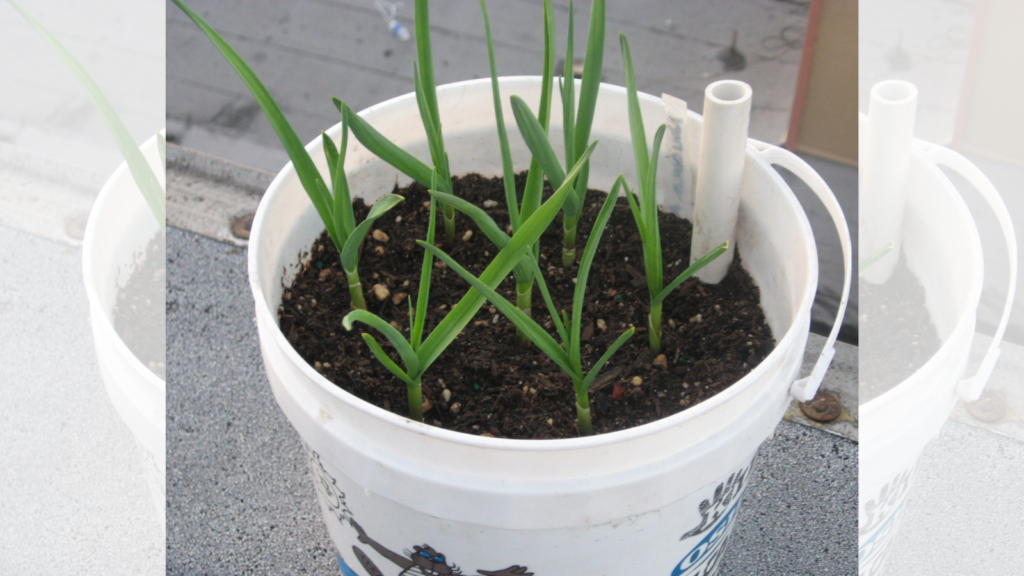
Garlic is simple to grow indoors by planting cloves in a pot. It’s a great way to produce both garlic bulbs and nutritious green shoots. With antibacterial and immune-boosting properties, garlic is an essential food for survival.
Carrots

Carrots are perfect for indoor growing in deep pots or containers. They require minimal maintenance and are a great source of vitamins and fiber. Choose small or short carrot varieties for best results in limited spaces.
Green Onions
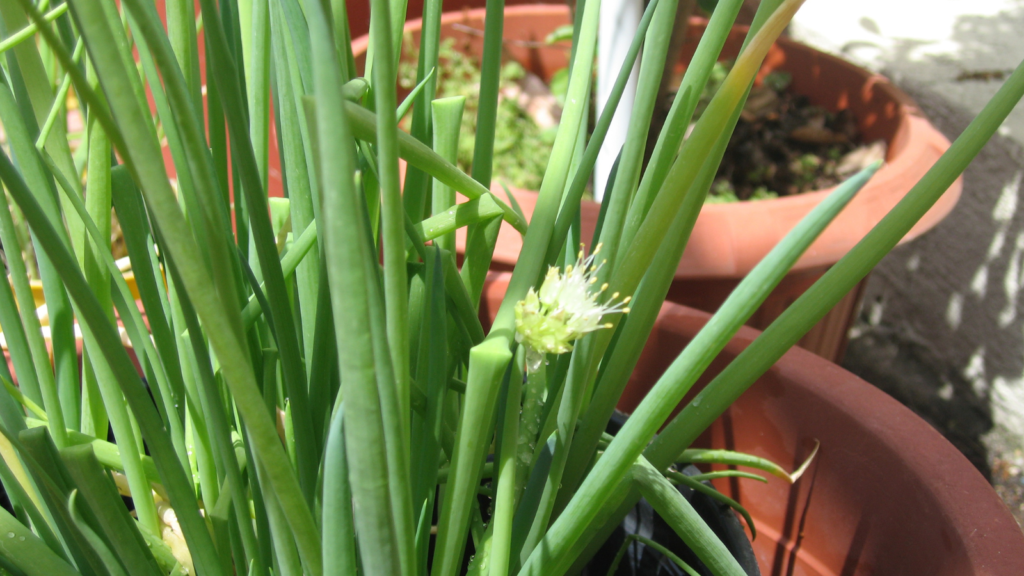
Green onions, or scallions, regrow effortlessly from kitchen scraps. Place the root ends in water or soil, and they’ll regenerate quickly. They’re an easy-to-grow addition to soups, salads, and stir-fries.
Beans and Peas

Beans and peas are adaptable crops that grow well indoors with support for their climbing vines. They’re high in protein and fiber, making them excellent survival foods. Choose dwarf or bush varieties for easier management.
Citrus Trees
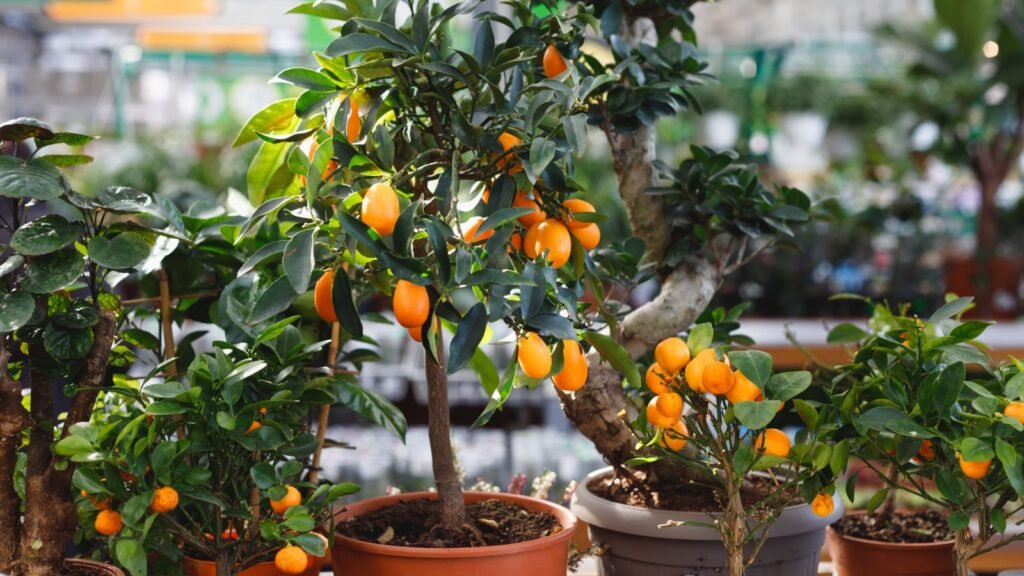
Dwarf varieties of lemon, lime, or mandarin orange trees can be grown indoors with the right care. They need bright light and occasional pruning but reward you with fresh, tangy fruits packed with vitamin C.

